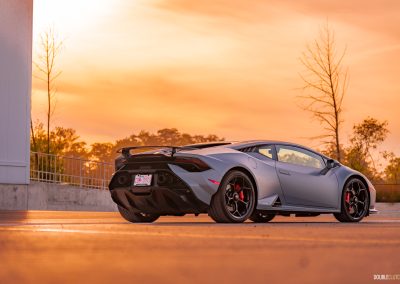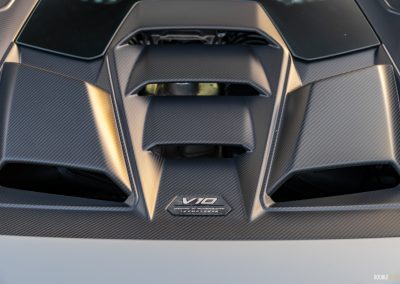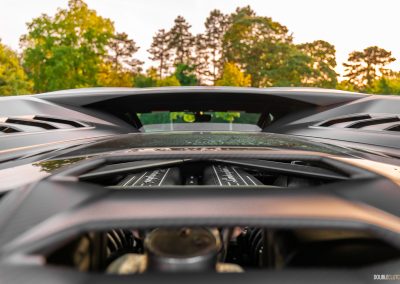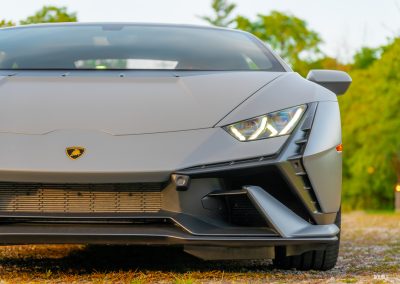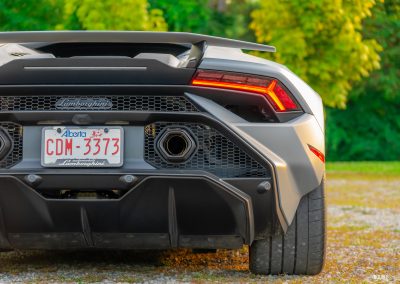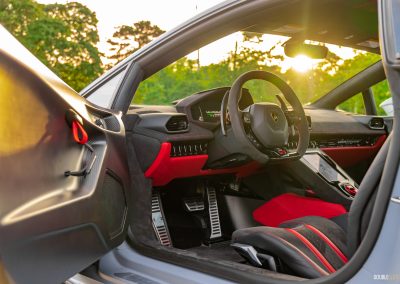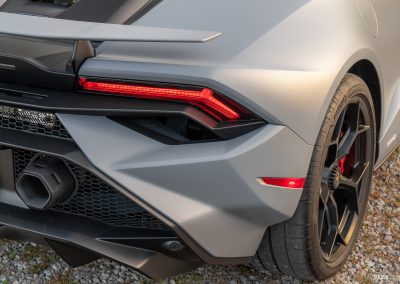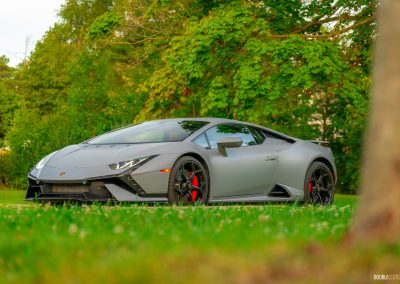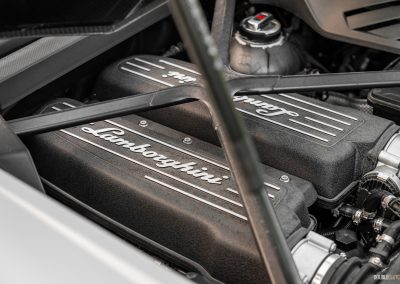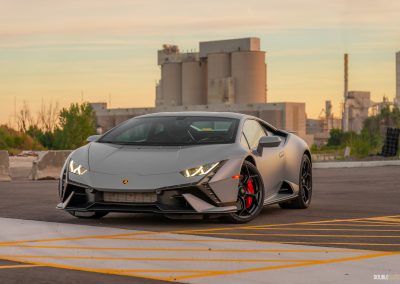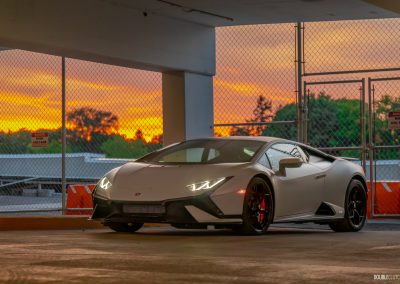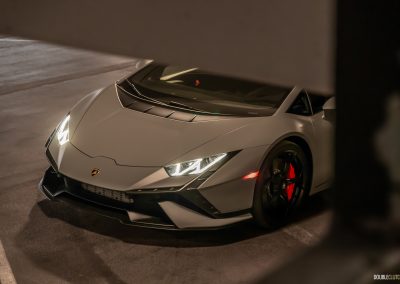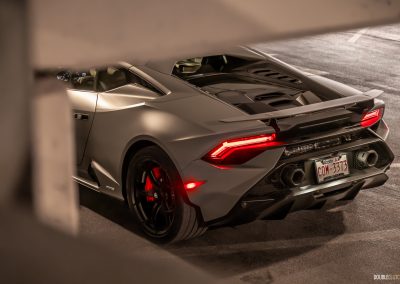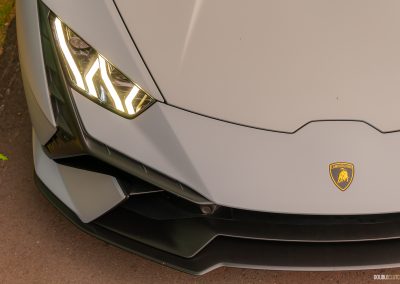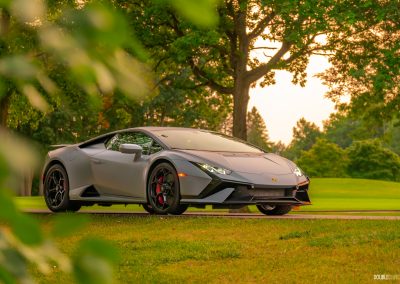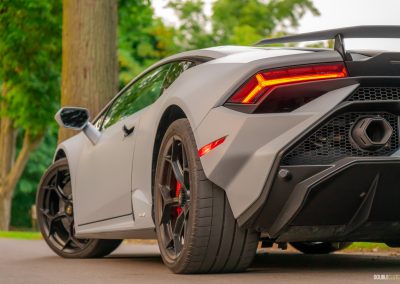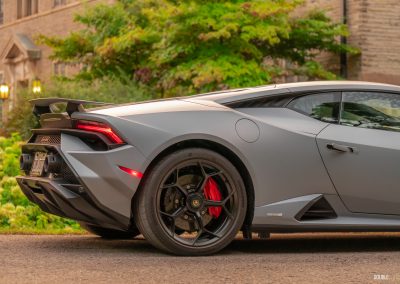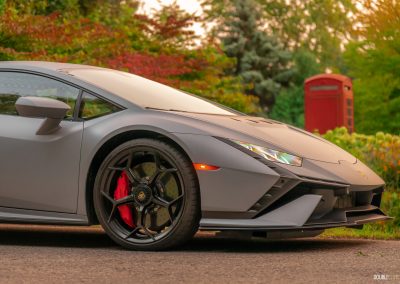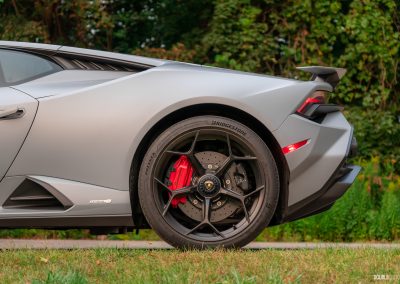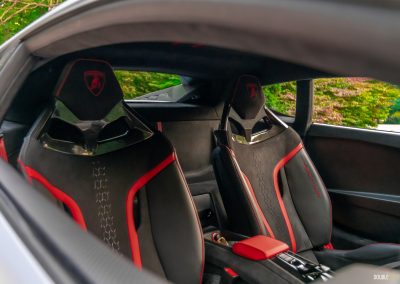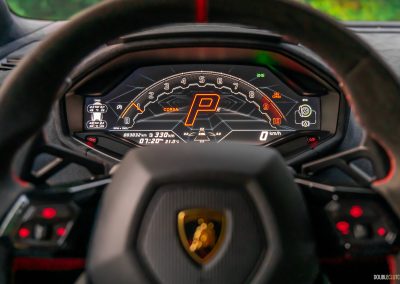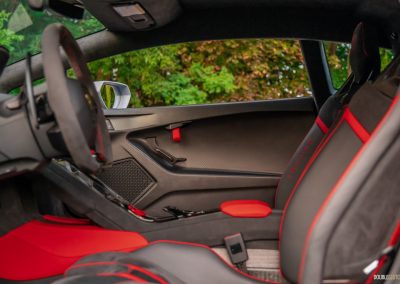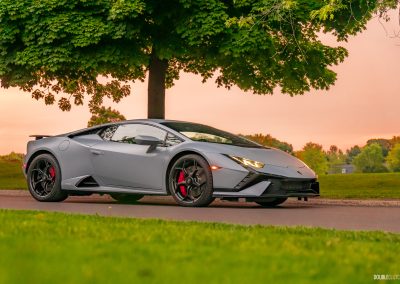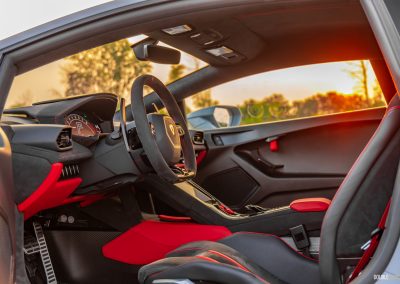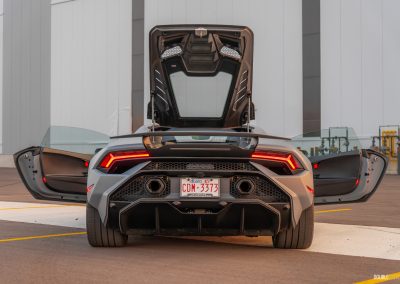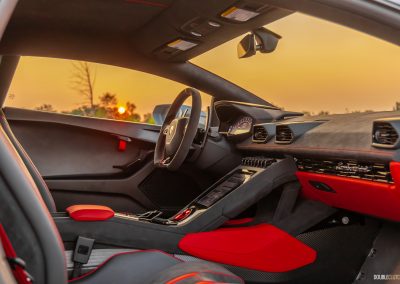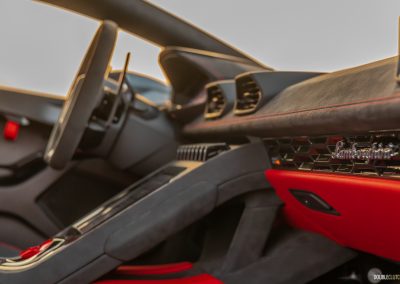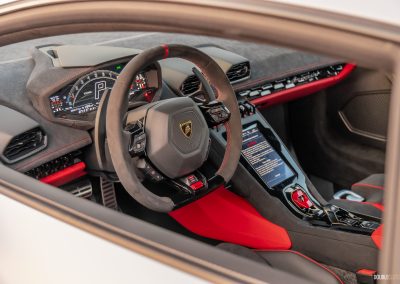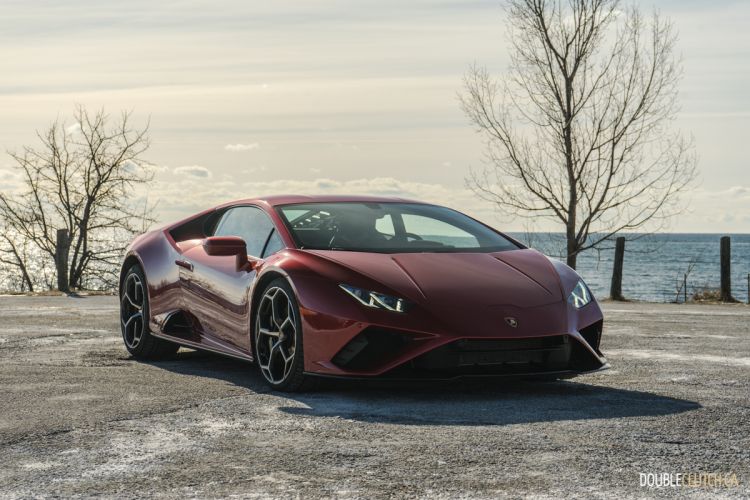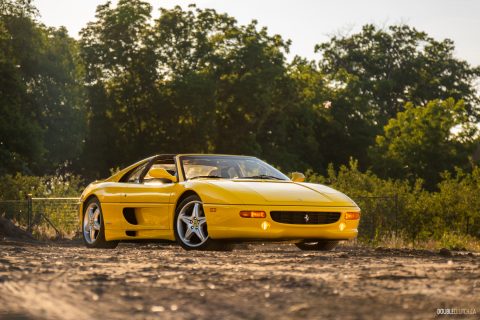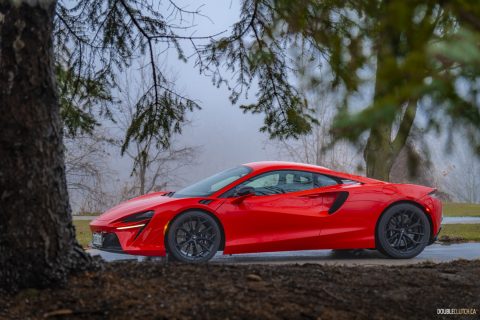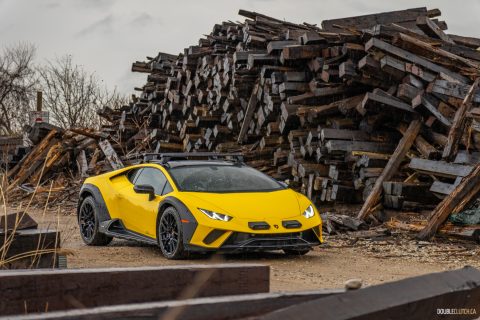I was assigned this 2024 Lamborghini Huracan Tecnica with the idea that I’d be writing a eulogy.
After 10 years in production, Lamborghini has announced the Huracan’s replacement. It ditches the iconic V10 engine for a smaller V8, implanted with artificial lungs and cybernetic legs to climb over new European emissions regulations—like everyone else has been forced into doing. Hell, I remember when the Huracan was chided as the downfall of the supercar; a soft-edged poser’s car for the uninitiated nouveau-riche. Now it’s “the last of the greats” or something like that.
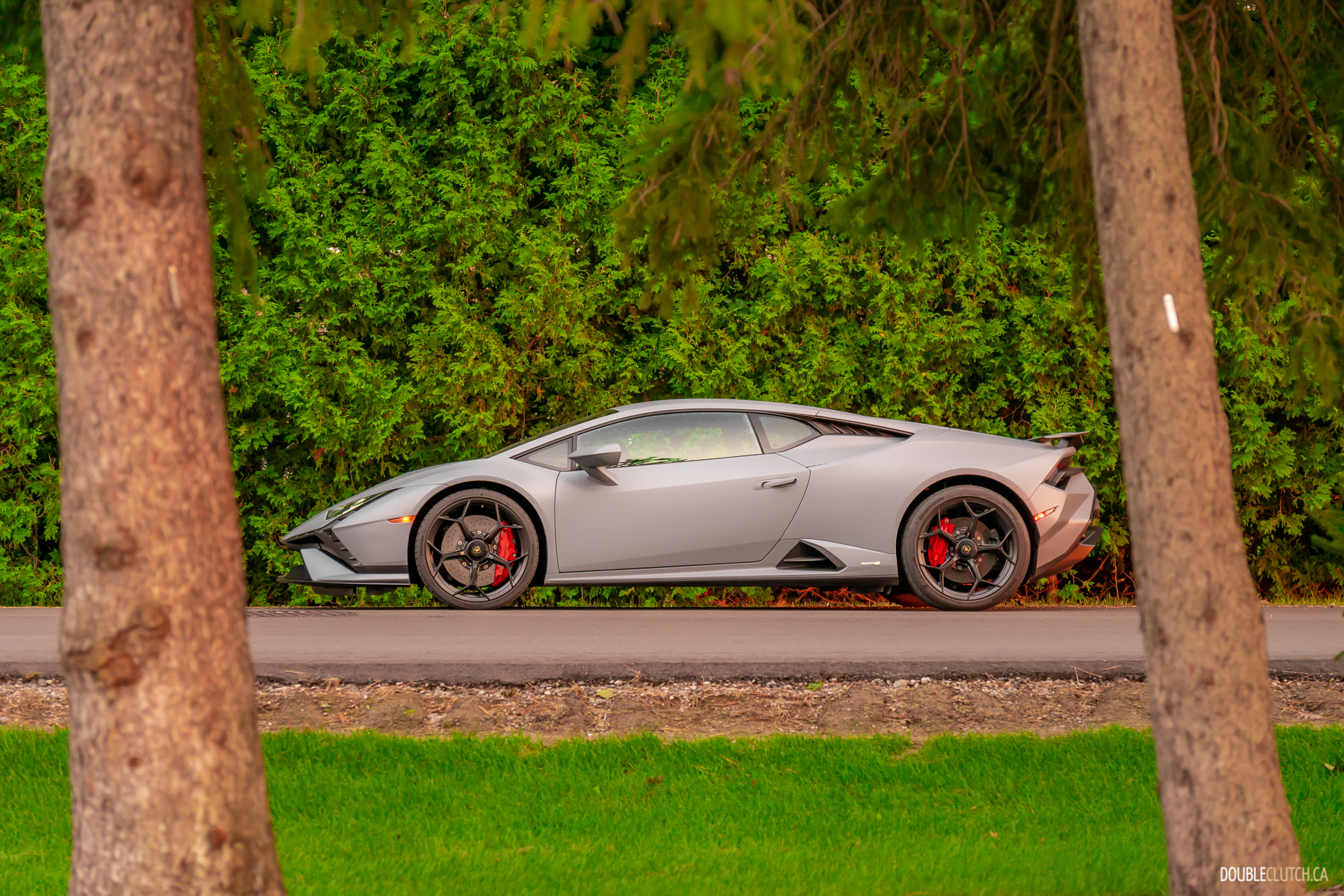
I used to be one of the armchair idiots echoing that, and bemoaning the march of progress. But I’m a professional armchair idiot now, and that’s given me a unique benefit that old me never had: I’ve driven this car and others like it. They’re awesome, imbued with not only the power to make a driver’s licence quantum teleport to another universe, but the power to overwhelm cynicism and stir the soul; to create emotion where there was none.
The Tecnica is part of a two-pronged send-off celebration for the Huracan, with the other being the wonderfully ridiculous Sterrato. Where the Sterrato is built to take the theatrics of the Huracan off of the road, the Tecnica is a concerted effort to create the ultimate Huracan on the road. To that end, this doesn’t supersede the insane, track-focused Huracan STO. Instead, the Tecnica builds on that, then takes a smidgen of edge off to make a better driver’s car on the street. The best street car to ever roll out of Sant’Agata Bolognese.
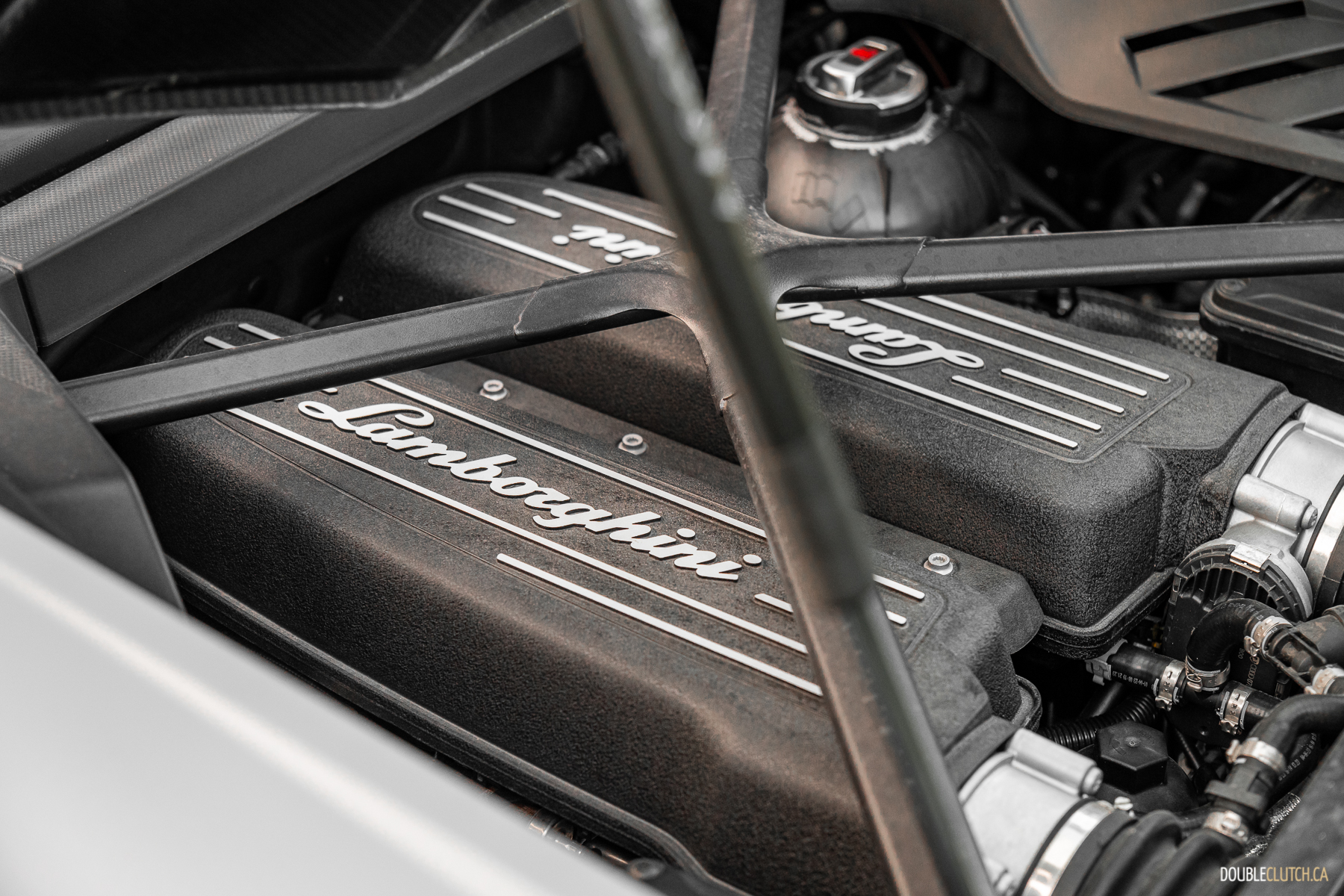
The Huracan Tecnica takes the same powertrain from the STO, that being the spicier 631-horsepower 5.2-litre V10, routed through a seven-speed dual-clutch automatic transmission to just the rear wheels. Deleting the all-wheel-drive system from the “normal” Huracan creates a far more lively driving experience, and also helps to trim weight, further adding to the driving experience.
To that end, most of this car is carbon fibre. The frunk, the new engine cover, the doors, the floors; the stuff is everywhere, but surprisingly little of it is exposed on the exterior. It’s almost stealthy, especially in our test car’s semi-matte Grigio Acheso paint. I didn’t think I would ever like a primer grey Lamborghini, but it really works on this car, tying together the new front and rear fascias with aggressive black accents to make it look like an F-22 Raptor, or a TIE Interceptor.
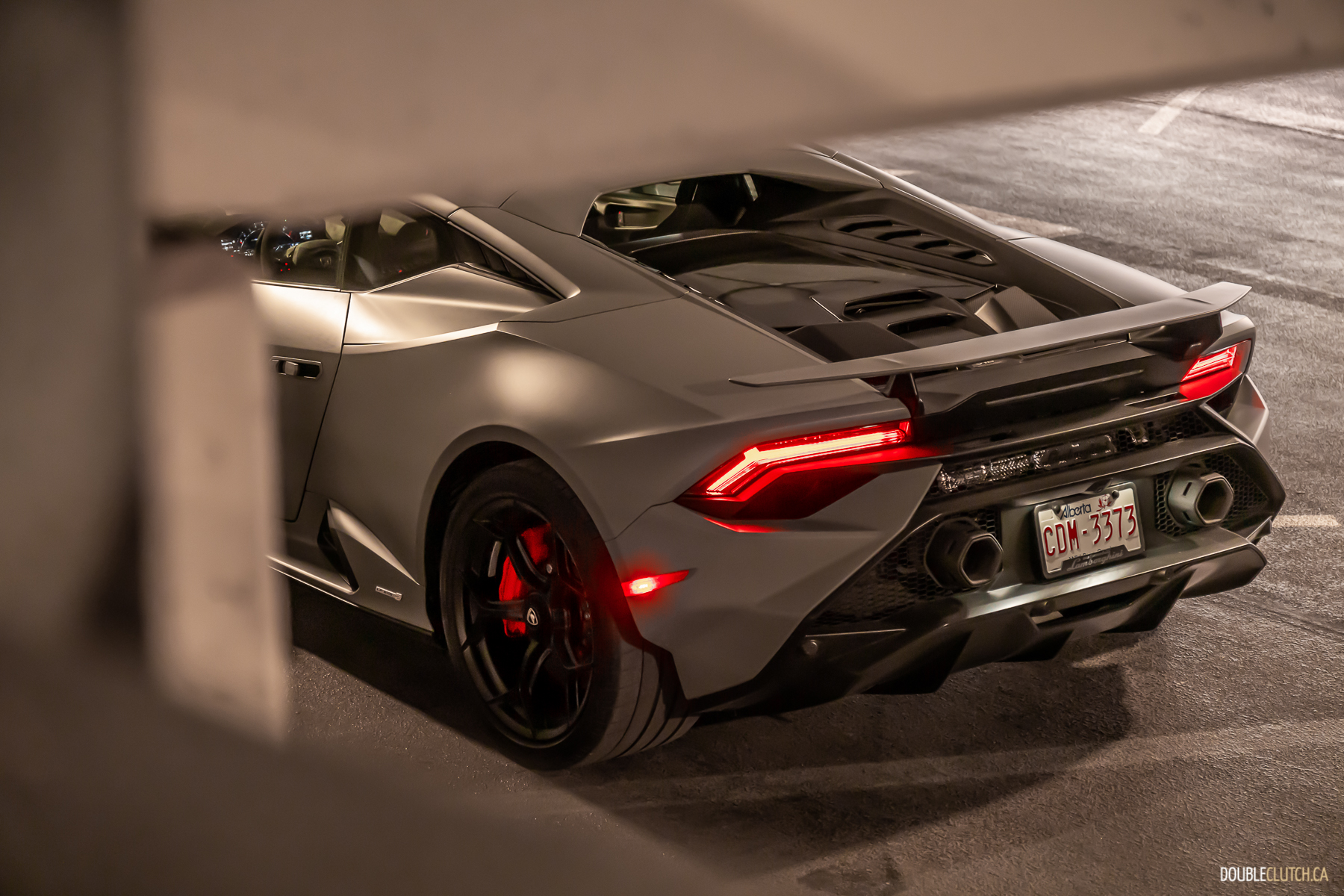
The updated styling is not just an exercise in vanity. It’s very much form following function, but the form the function takes is spellbinding. The nose is longer, with dramatic Y-shaped winglets framing the headlights and a deeply sculpted air dam. The rear gets a spoiler, a large diffuser, and hexagonal exhaust tips. Okay, the tips do nothing but look kick-ass, but all the other tweaks add up to a 35 percent increase in downforce generated and a 20 percent reduction in drag, so it’s significantly grippier and more slippery through the air. There is function to this form.
The cockpit of this plane leans heavily on the ground-bound jet fighter aesthetic. Everything is either grippy black Alcantara, red leather, or carbon fibre. The door panels are one gorgeous piece of molded carbon with a bright red strap for a door pull. The shift paddles are huge, with cutouts for lightweighting and style, and fixed to the steering column as the Roman Gods intended. The seats are deeply contoured and thin, with exposed carbon shoulder harness holes. The floor mats are non-existent, replaced with grip tape stuck onto the bare carbon floor. As if it’s not dramatic enough with the gun-turret view outside.
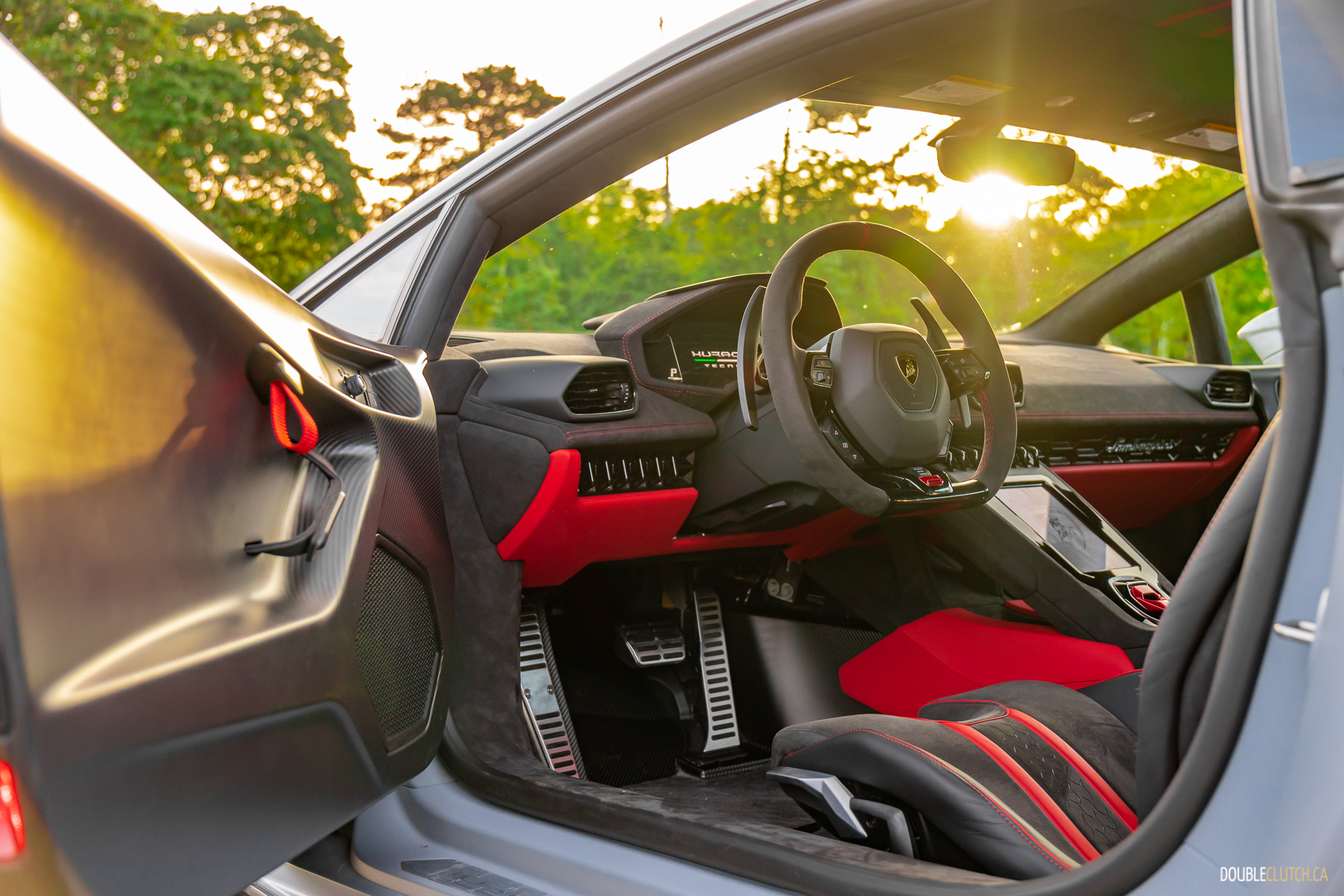
You lift the red guard over the engine start button and the V10 awakens with a quick, discontented yelp before settling down into near-silence. For all the drama that this car radiates through every deliberate design detail, it is downright docile in its mildest “Strada” drive mode. It’s quiet, the transmission is smooth and almost reluctant to downshift, preferring instead to glide on a wave of torque, and the ride quality is … fine. It’s even relatively fine on fuel use, if you stay out of the angry pedal.
But that’s not what we’re here for, is it?
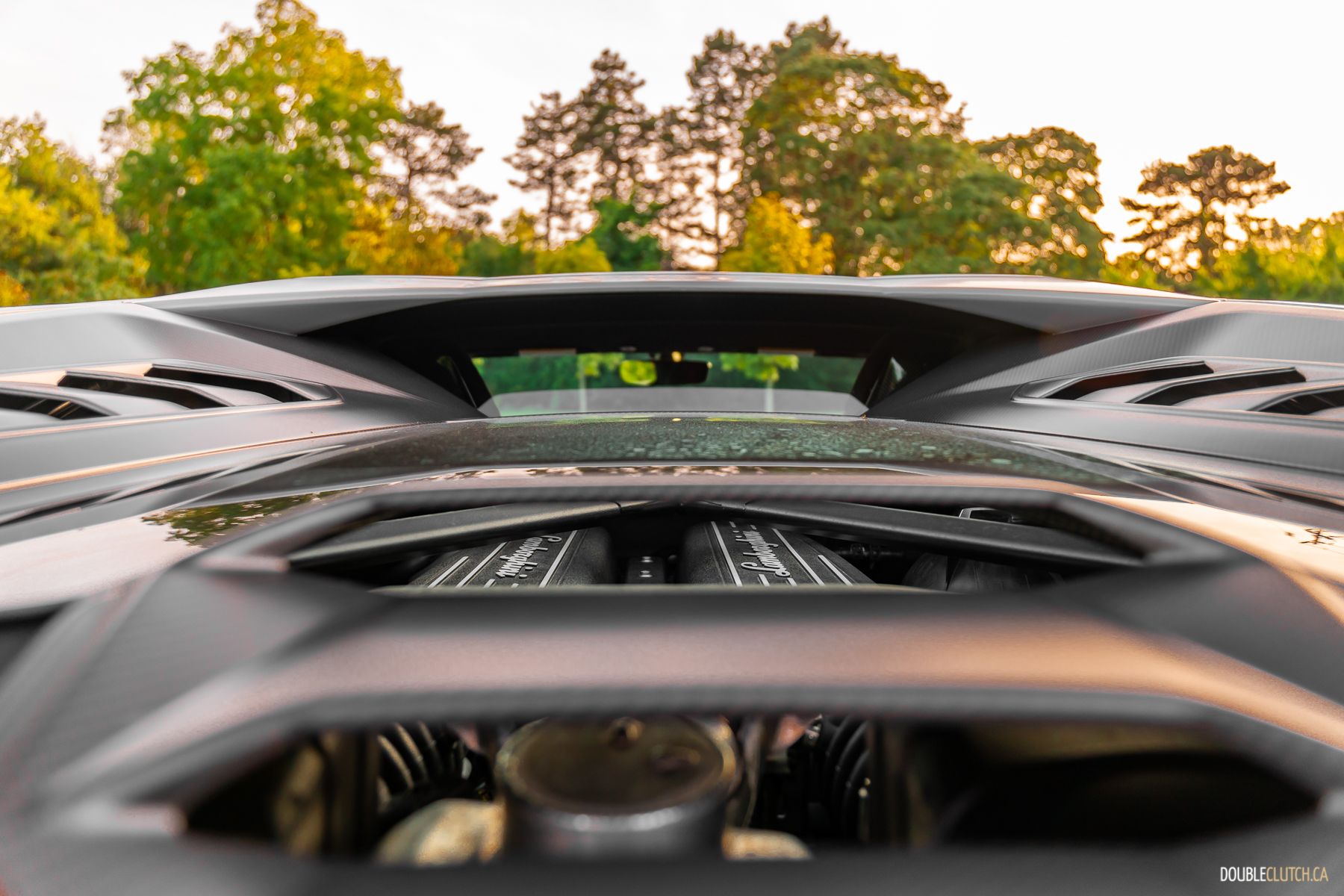
Burying your foot will instantly overwhelm the Huracan Tecnica’s (surprisingly successful) attempt at being demure. The 10-piece orchestra behind you opens with a fearsome trill while the gearbox kicks down several gears and proceeds to leave the world—and your better judgment—behind. We’ve been spoiled lately with stories about thousand-horsepower cars, but make no mistake, 631 ponies is a lot. This car is so stupidly fast that it’ll make you stupid.
But whatever, fast has been done. Tesla ruined that for everybody years ago. What matters so much more than that is the way the Huracan Tecnica goes about it; most of that is down to this monument of an engine. It’s the only V10 left in production, and the only engines that come close to the musical quality this mill has are ultra-exotic V12s in million-ish-dollar supercars, like Lamborghini’s own Revuelto.
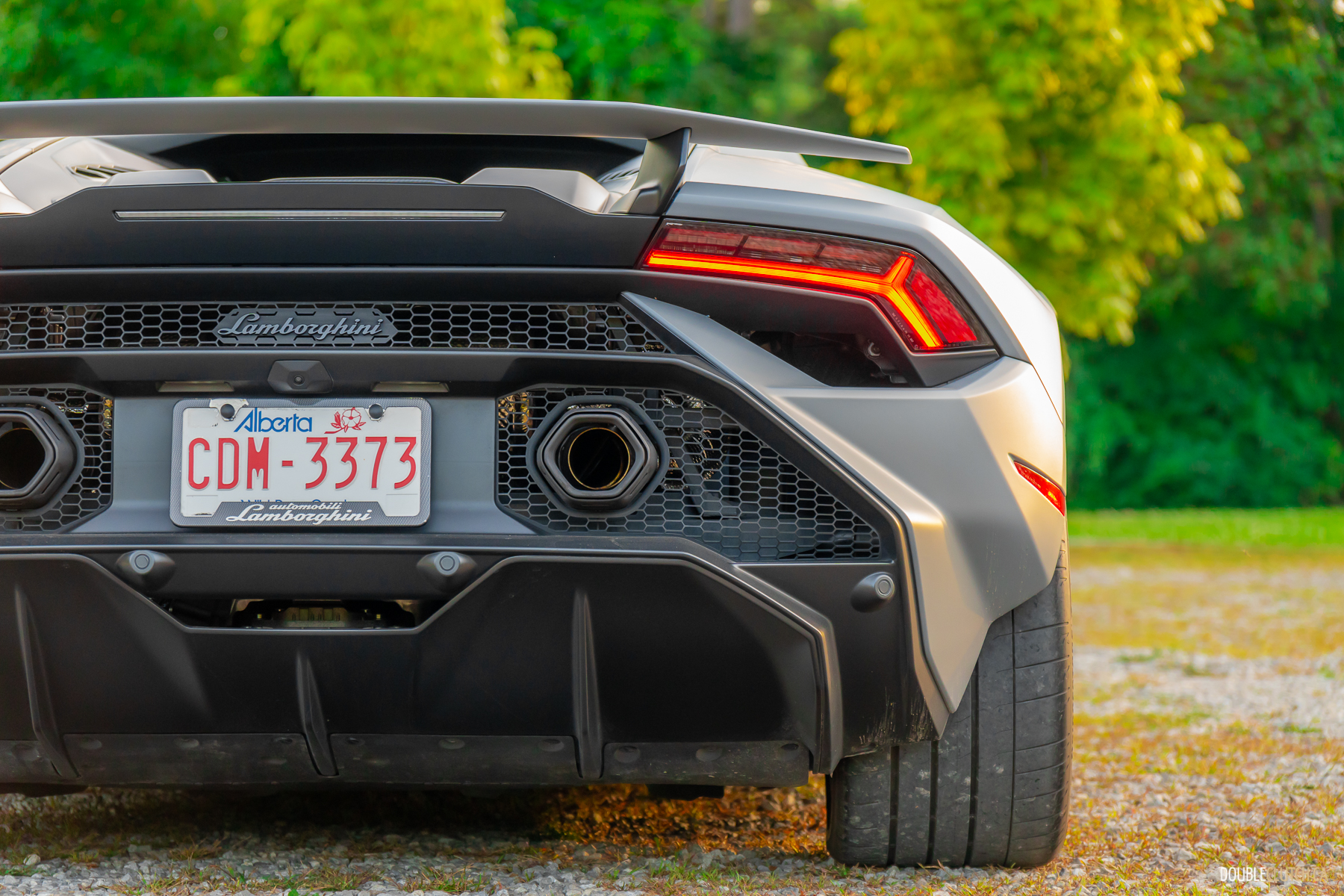
Either way, a V10 just hits different. Five-cylinder engines on their own have a very distinct thrum—and this is two of them joined at the hip, built to rev higher, and acoustically tuned to wail like nothing else on Earth. It’s not a high-pitched like a high-strung V12. It’s deeper, angrier, a full-throated furious bellow as it approaches its 9,000 rpm redline. The way it snaps through gears and violently howls over and over again is an intoxicating experience that makes you crave more of it.
Some sports cars can be enjoyed at seven- or eight-tenths, where you’re driving enthusiastically but not at a full-tilt. The Huracan Tecnica doesn’t understand this. It only knows rage, compelling you to let it vent its fury. This is not to say it can’t be enjoyed at less-than-maniacal speeds; the powertrain is just so expressive and the chassis so well-sorted that it goads you into pushing harder and harder.
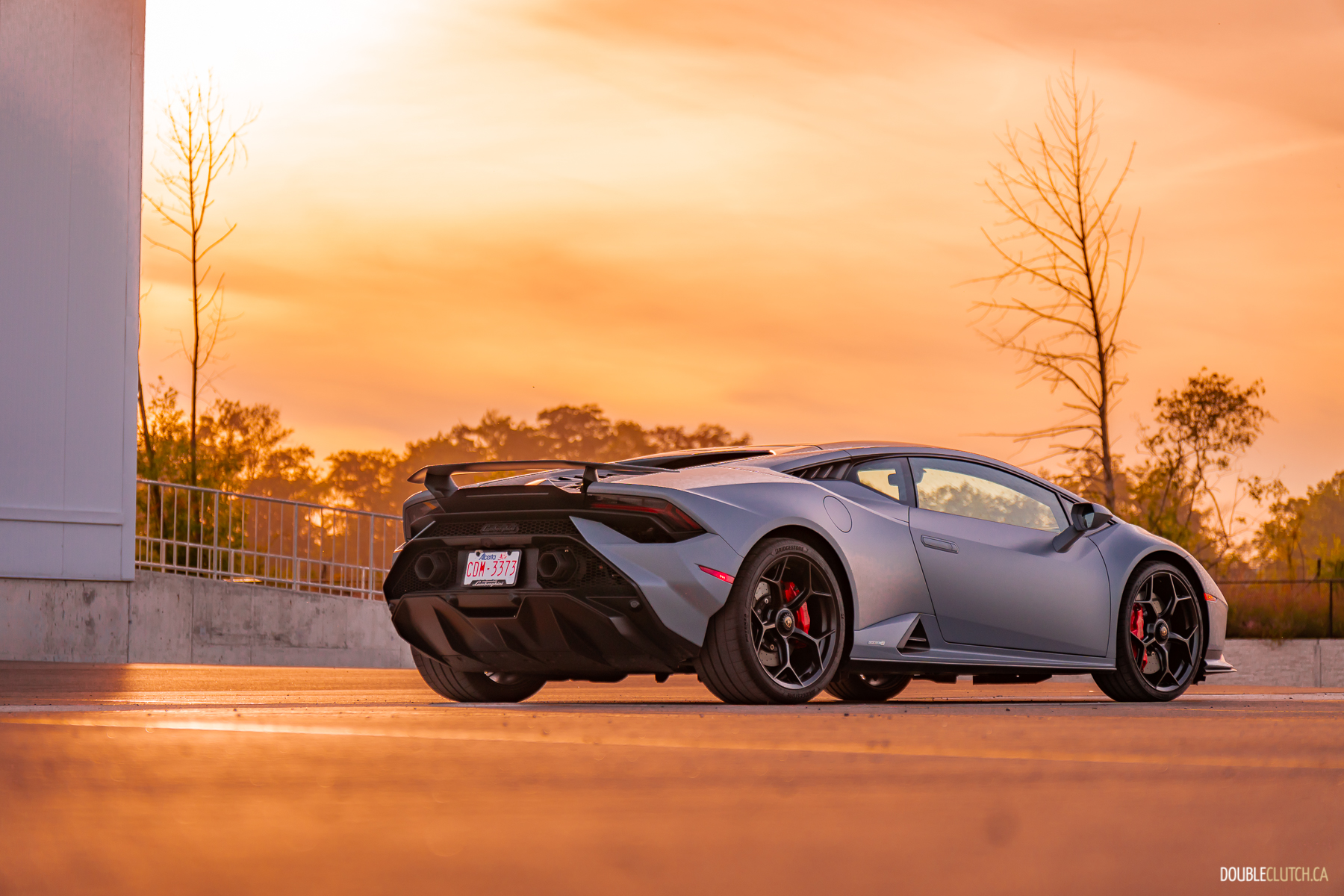
Just like with the fabulous powertrain, the Huracan Tecnica borrows a lot of the STO’s magnificent chassis. The magnetorheological dampers here are skewed a fair bit softer, but they instantly rouse to a kidney-rattling state at the touch of the drive mode rocker. Unlike the suspension, the steering has no adaptive function or variable rates, staying sharp and dead-linear regardless of the situation. Throttle and brakes are carefully calibrated to mimic the effort of the steering for a uniform driving experience—perhaps to a fault, as the massive carbon-ceramic brakes are a little jumpy.
The original Huracan may have been criticized for being too soft at the limit, but that’s gone here. The Tecnica is an edgy car, with the traction control dialed to allow just enough leeway to remind you it is in fact an edgy car, with a just-right amount of spookiness to make you feel alive. I found it interesting that with everything set to maximum attack and the safety net defeated, the car didn’t suddenly turn into a monster. It will light the back tires through the first three gears, but it’s manageable—and fun!—if you take a beat to understand and trust it.
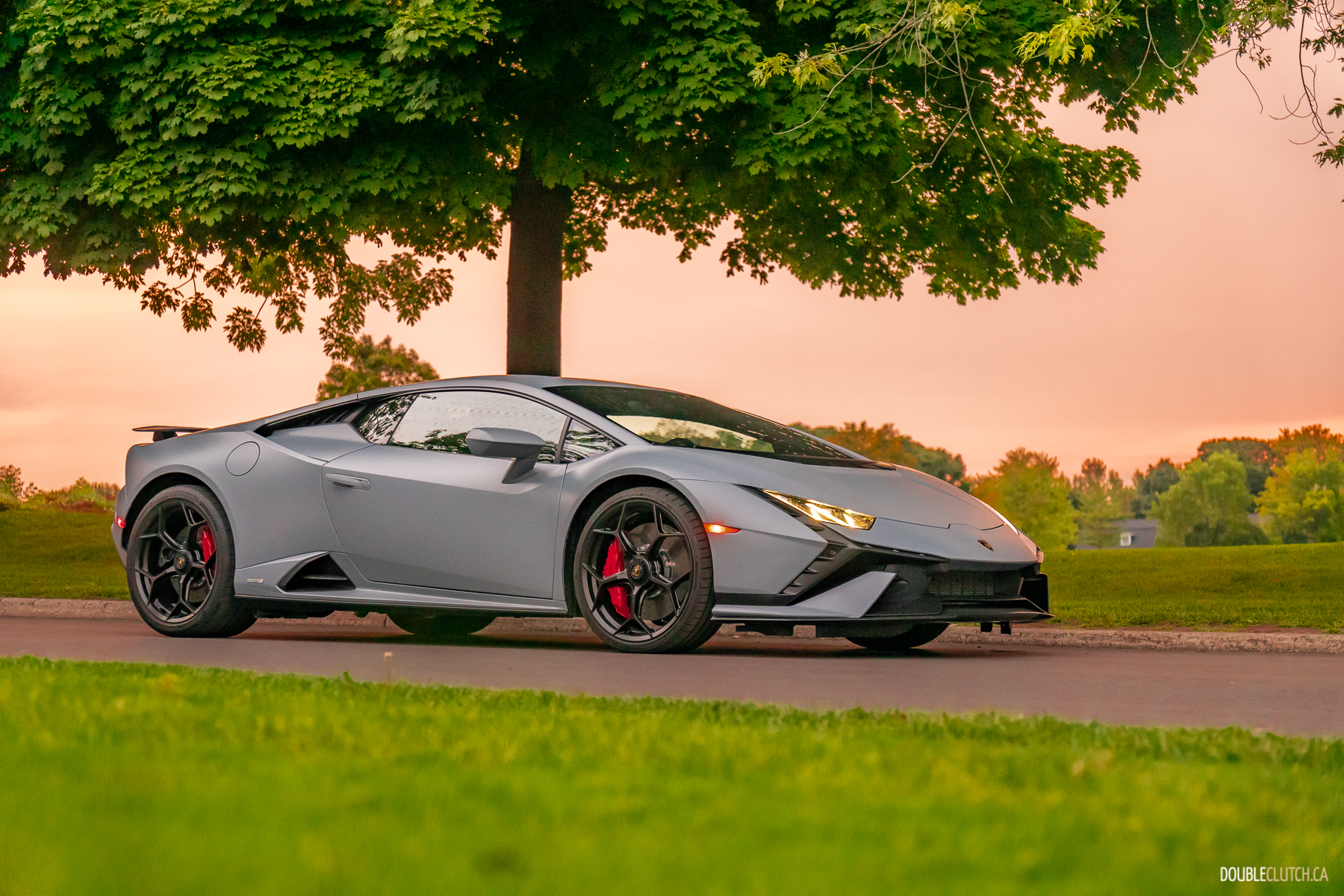
My only real complaint about the Tecnica is that despite being set up as the ultimate street-sweeping Lamborghini, it’s too damn fast. All it wants to do is launch into a tirade and fly. The steering communicates through your hands fairly well, the chassis talks through your seat better, the transmission is genius, and the engine, with its incensed chorus and no turbos to interfere with your influence, is honest-to-God perfect. It’s so crisp, it’s so linear, and it’s so powerful in both mechanical energy and unadulterated charisma that it could corrupt a saint.
I think it’s wild that this car, this powertrain, this chassis, are ancient in the supercar realm. The McLaren Artura has 10 additional years of progress behind it and is a feat of engineering in and of itself, but it nor any of its contemporaries feel like a substantial step forward from the driver’s seat. The Huracan may be old, but it’s about the farthest thing from dated. It can still hang with the best of ‘em, and make more of a lasting impression doing it.
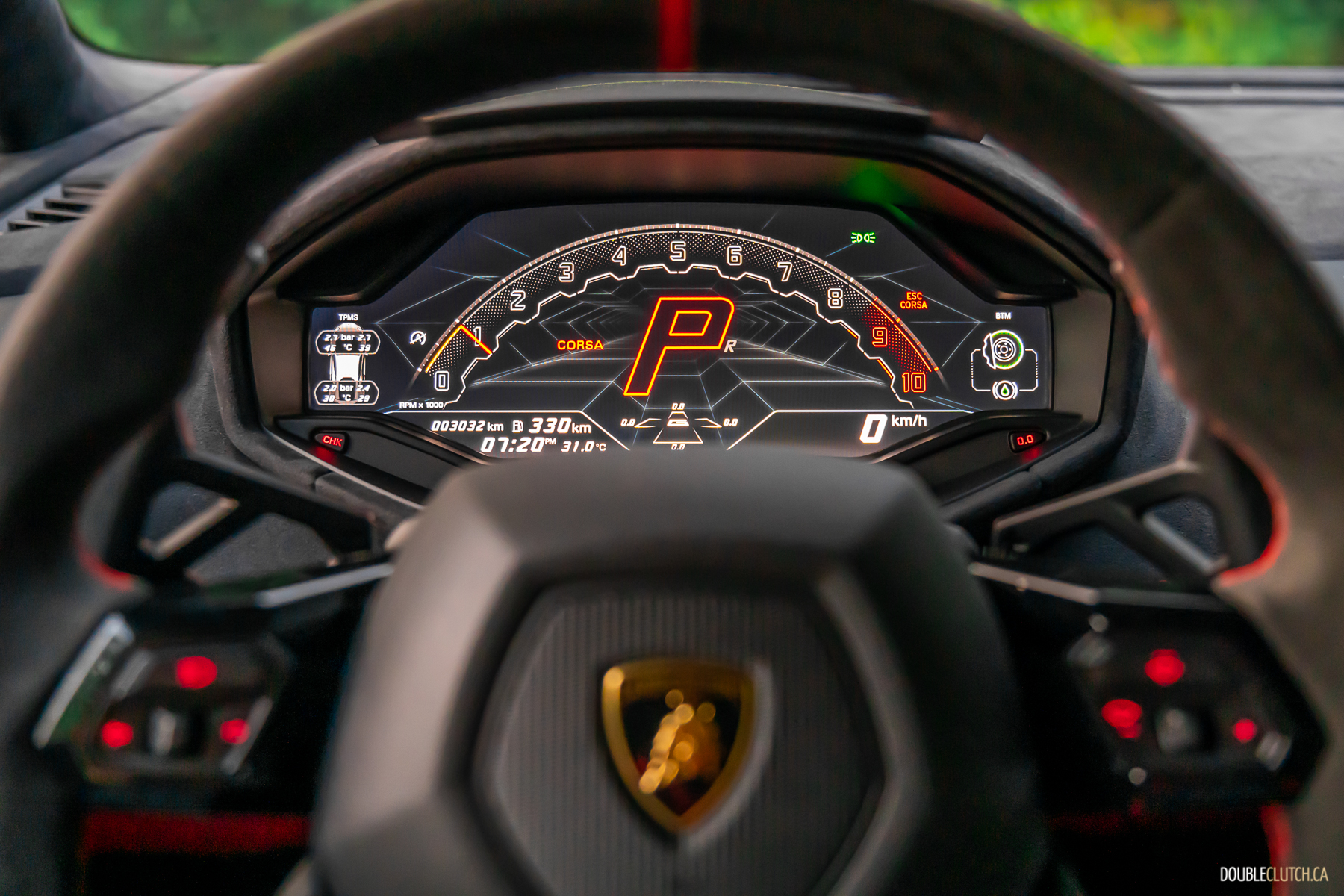
I try not to abide the doom-and-gloom that seems to pervade through the automotive ecosystem. It feels like every review of a half decent sports car is punctuated with comments about “the last of its kind” and “this kind of experience has been legislated out of existence.” That “this is it” mentality has persisted for years, longer than the Lamborghini Huracan’s decade long production run.
There’s some truth to those sentiments. I love old cars and I have some significant concerns about progress actually being progress, but there’s a lot of good out there in the new car world, and I didn’t want to write another downer eulogy. Some things that I adore so much are going by the wayside, like this masterpiece of an engine, but carmakers are cluing into the importance of what an engine can do to your heart over what it can do on paper.
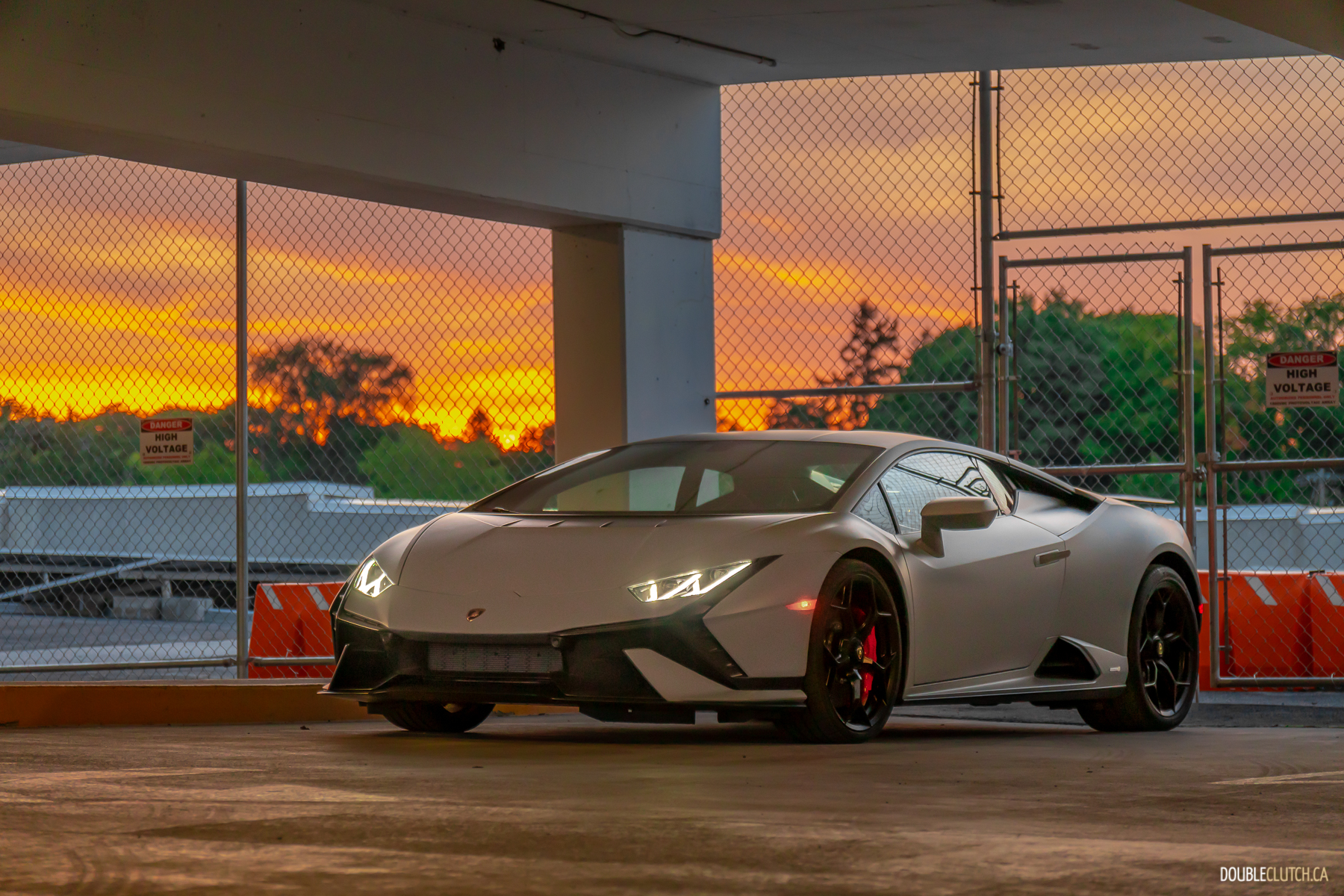
Yes, the Temerario that’s due to replace this car has a turbocharged, hybrid V8 like everyone else, but if you’ve paid even the slightest bit of attention to the automotive news cycle, you’ll know that Lamborghini isn’t talking so much about the fact that it puts out over 900 horsepower, but that it revs all the way up to ten. They know the V10 was and is adored for its scintillating song, and have made sure to at least try to hit the notes that matter in its successor.
So rather than write a sad eulogy for the 2024 Lamborghini Huracan Tecnica and its actual last-of-its-kind engine, mourning it with euphemisms about going extinct and bygone eras, I prefer to celebrate that it existed at all. Gone but not forgotten matters so much here, because it’s the influence of this car and this engine that will resonate forever in the hearts and minds of those fortunate enough to experience it, and shape the way these cars are made moving forward. The King is dead; long live the King.

